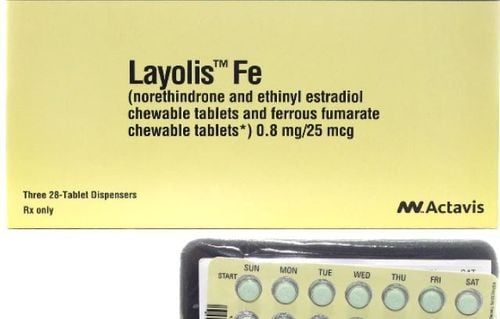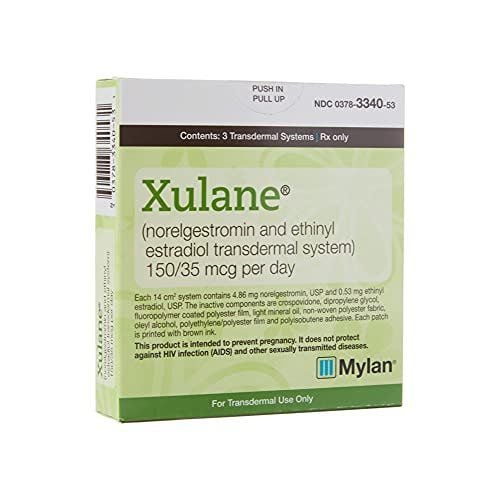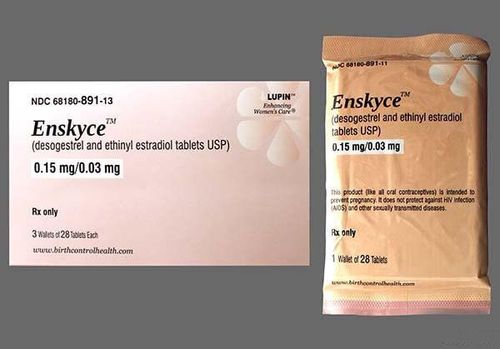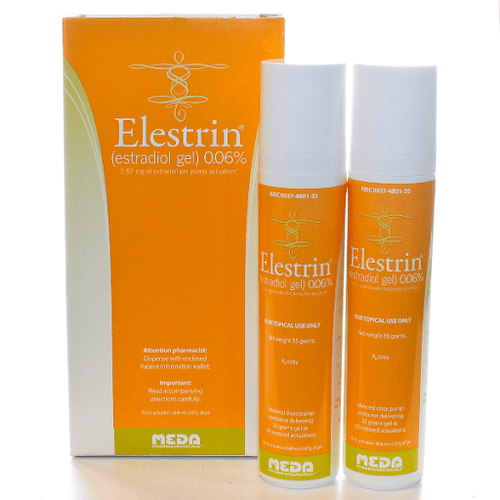This is an automatically translated article.
The article is professionally consulted by Specialist Doctor II Lai Thi Nguyet Hang - Department of Obstetrics and Gynecology - Vinmec Ha Long International General Hospital.
Hormonal contraception is a method of using hormones to regulate ovulation. Hormonal methods of contraception are preferred, such as the ring, patch, injection, or implant.
1. What is Hormonal Contraception?
Hormonal contraception is the use of hormones to regulate or prevent ovulation, thereby helping to prevent pregnancy. Contraception includes a variety of methods such as: oral contraceptive pills, ring, contraceptive patch, injection or use of contraceptive implant.Hormonal methods of contraception work by releasing the hormones estrogen and progestin into a woman's body to prevent ovulation. In addition, they can also thicken the cervical mucus, making it difficult for sperm to reach the egg to fertilize or thin the lining of the uterus, making it difficult for a fertilized egg to be fertilized. adhere to the endothelium. Hormonal contraception does not help prevent sexually transmitted diseases.
Trắc nghiệm: Bạn đã biết cách tránh thai an toàn chưa?
Có rất nhiều biện pháp tránh thai an toàn nhưng không phải ai cũng biết được điều đó. Trả lời đúng những câu hỏi trắc nghiệm dưới đây chứng tỏ bạn có kiến thức tốt về các biện pháp ngừa thai an toàn.2. Hormonal methods of contraception
The contraceptive patch is a small patch, about 4.5cm thin, that is applied directly to the skin of the buttocks, abdomen, upper back or upper arms. The patch releases estrogen and progestin into the bloodstream to prevent ovulation. The patches are used in cycles of 4 weeks or 28 days. That is for a period of 3 weeks, you have to change the patch once a week. By the fourth week do not use the patch and menstruation will occur. After 4 weeks, apply a new contraceptive patch and repeat the same procedure as before. Note that the patch should not be removed during daily activities, such as bathing, swimming, exercising.Advantages
Can help improve acne and relieve menstrual migraines. Highly effective, easy to use Can help, relieve symptoms for premenopausal women Cons
May lead to some rare risks: blood clots in the legs, heart attack and stroke, gallstones and liver tumors. This risk is higher in some cases, such as women over the age of 35, who smoke. Therefore, you should consult your doctor about the possible risks before performing. May cause nausea, headache, itchy skin.
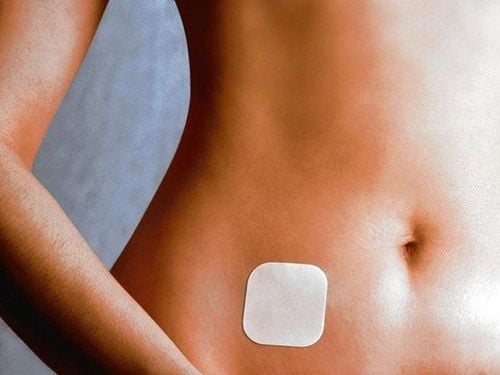
Advantages
High contraceptive rate, about 95-97%, and long-lasting contraceptive effectiveness, possibly up to 5 years After removing the ring, you can get pregnant immediately. Can reduce pain during menstruation, improve acne. Can be used by people with contraindications to estrogen. Cons
May affect blood coagulation, blood pressure, metabolism, liver tumors, gallstones but quite rarely There may be bleeding in the first few cycles after IUD insertion. May have symptoms such as weight gain, headache, back pain, relief of uterine contractions Heavy discharge in the first time due to endometrial reaction and may be inflamed, itchy vagina .
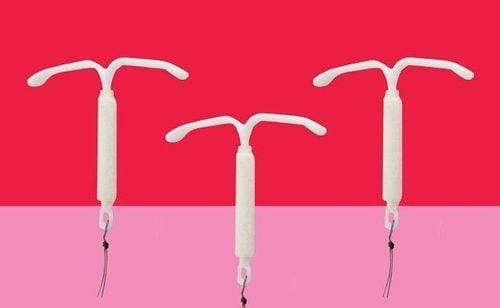
Advantages
The contraceptive implant has a long-term effect of preventing pregnancy, about 3 years. In case you want to get pregnant, just remove the implant from the body, you can immediately have a normal pregnancy. The contraceptive implant can be used by women who are breastfeeding. Cons
The implant does not protect against sexually transmitted infections (STIs) and HIV/AIDS. In addition, there may be other risks such as weight gain, depression, acne, abnormal vaginal bleeding, headaches, etc.
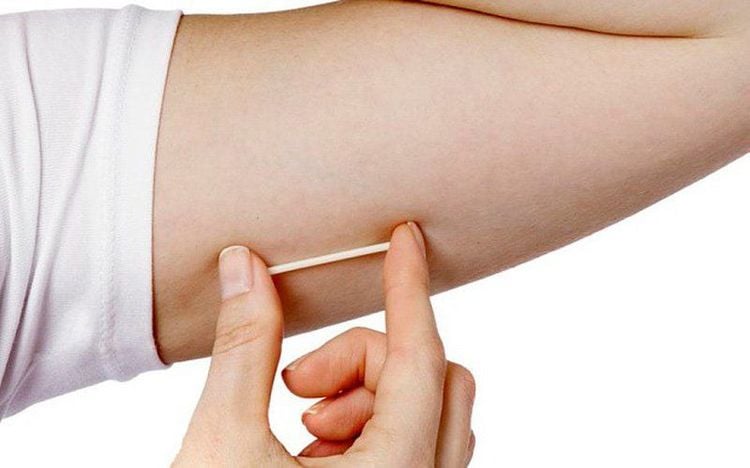
Birth control injection Your doctor will give you an injection containing a progestin, which is medroxyprogesterone acetate (DMPA). One injection works to prevent pregnancy for about 3 months. Contraceptive injections must be taken every 3 months. The first injection is usually given within the first 5 days of the menstrual cycle. Advantages The injectable method of birth control can reduce the risk of endometrial cancer, reduce menstrual migraines, and can also be used by women who are breastfeeding.
Cons
Contraceptive injections can increase the risk of cardiovascular diseases. Therefore, high-risk subjects such as having a history of stroke or high blood pressure should consider this method. After stopping hormonal birth control injections, it takes about 10 months or even longer to get pregnant again. There are many cases of osteoporosis when using hormone injections. This phenomenon may disappear when the injection is stopped. Contraceptive injections can also lead to some side effects such as vaginal bleeding, weight gain, headache, dizziness, fatigue,... Contraceptive injections are not effective in preventing sexually transmitted diseases. education (STI) and HIV/AIDS. For more information, please contact the hospitals and clinics of Vinmec health system nationwide.
Please dial HOTLINE for more information or register for an appointment HERE. Download MyVinmec app to make appointments faster and to manage your bookings easily.





